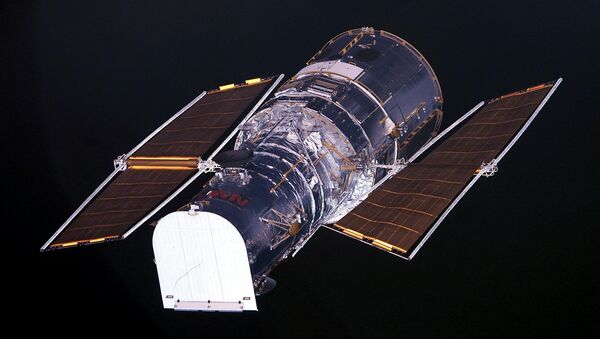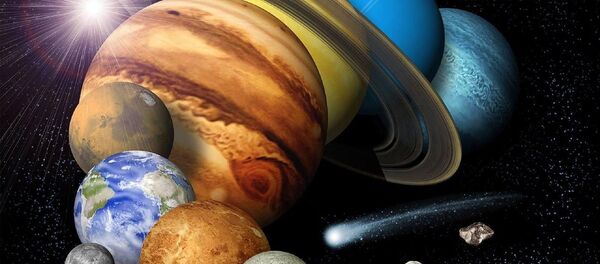"With this discovery, most known dwarf planets in the Kuiper Belt larger than 600 miles across have companions," the release stated on Thursday. "These bodies provide insight into how moons formed in the young solar system."
Astronomers spotted the moon in two separate Hubble observations spaced a year apart, the release explained.
The images show that the moon is gravitationally bound to the tiny planet named "2007 OR10" because it moves with the planet, as seen against a background of stars, the release noted.
The discovery of moons around planets in Kuiper Belt has led scientists to theorize that frequent collisions of celestial bodies were instrumental in the formation of the solar system.
The dwarf planet, about three times further from the Sun than Pluto, is about 950 miles across and the moon is estimated to be 150 miles to 250 miles in diameter, according to the release.


